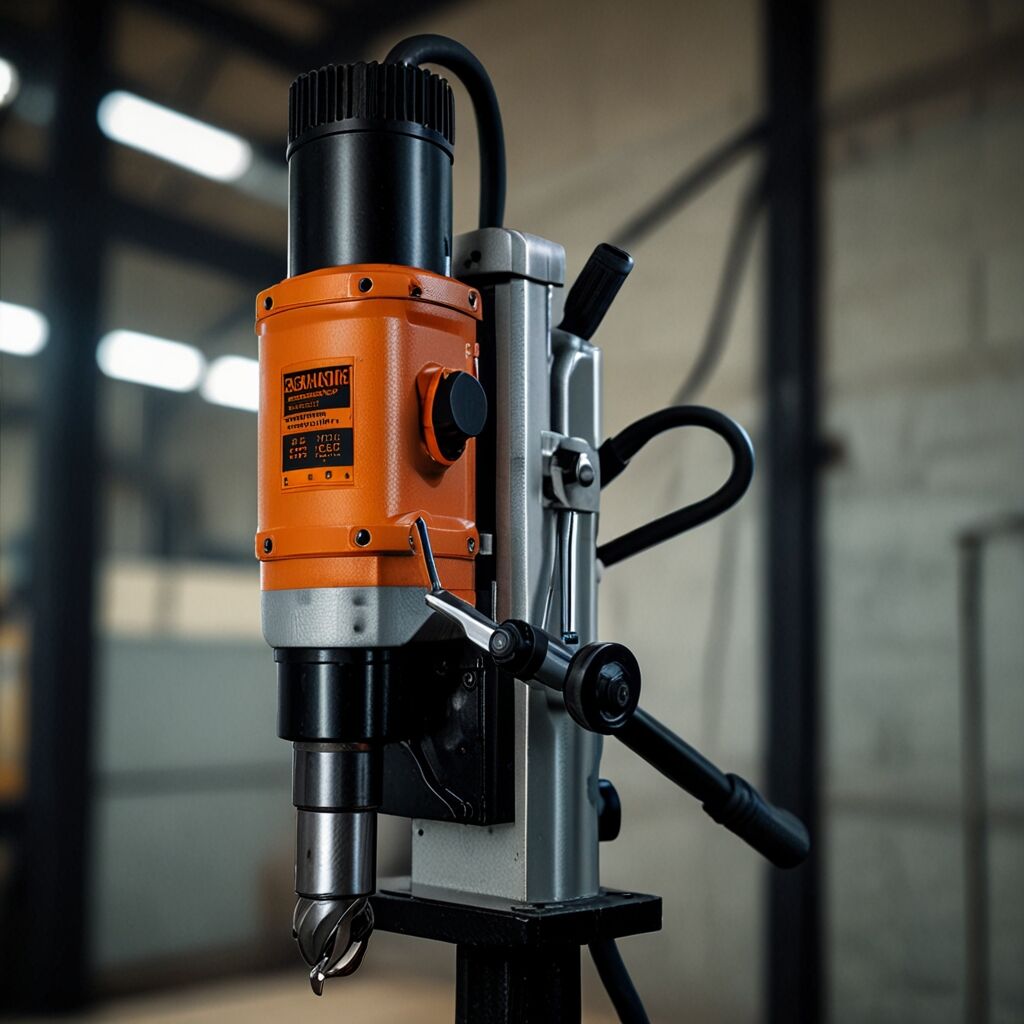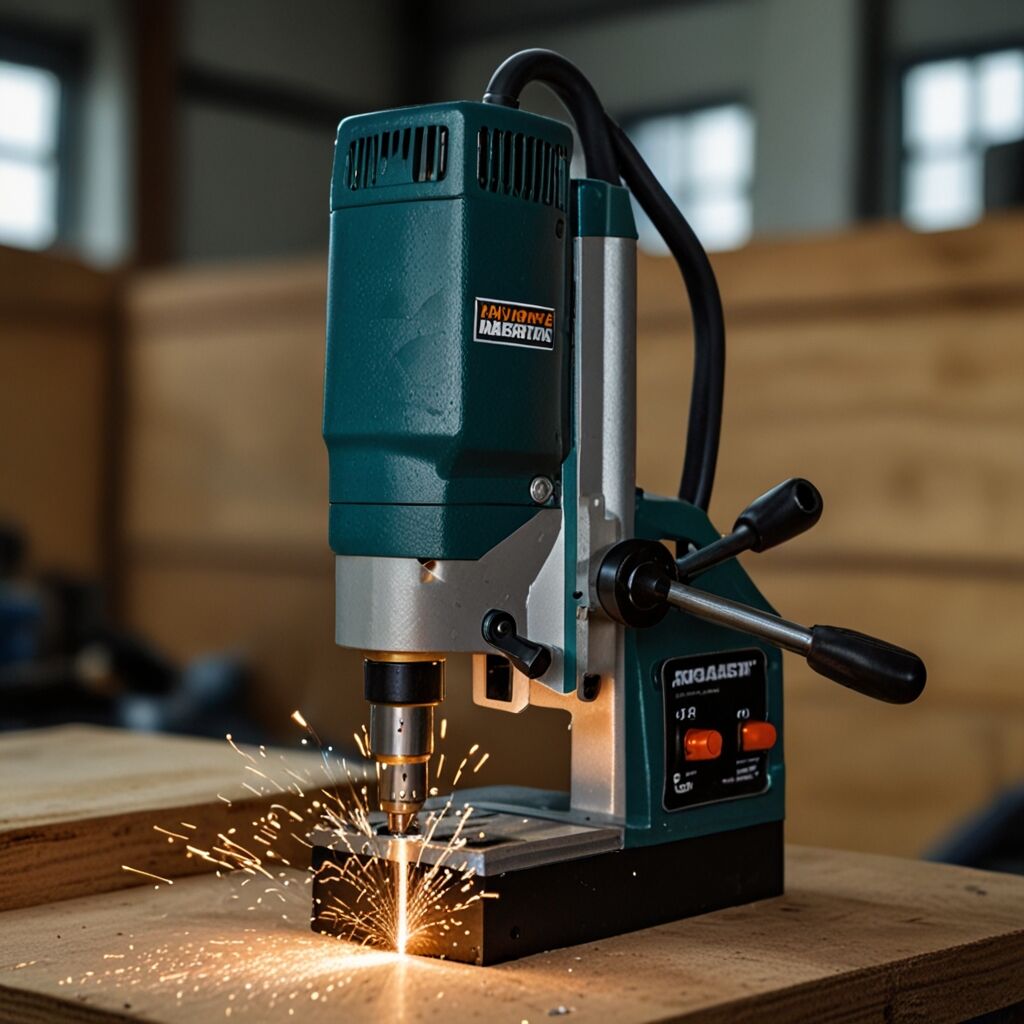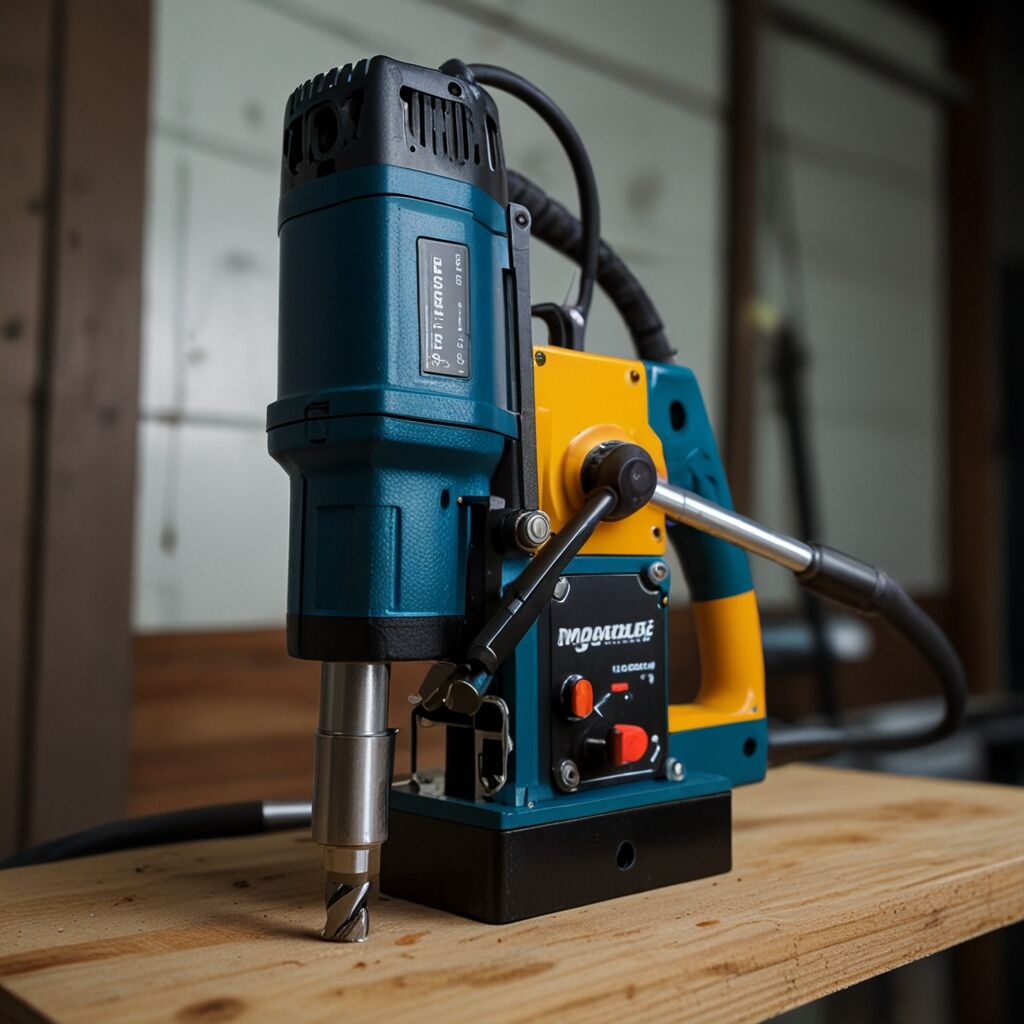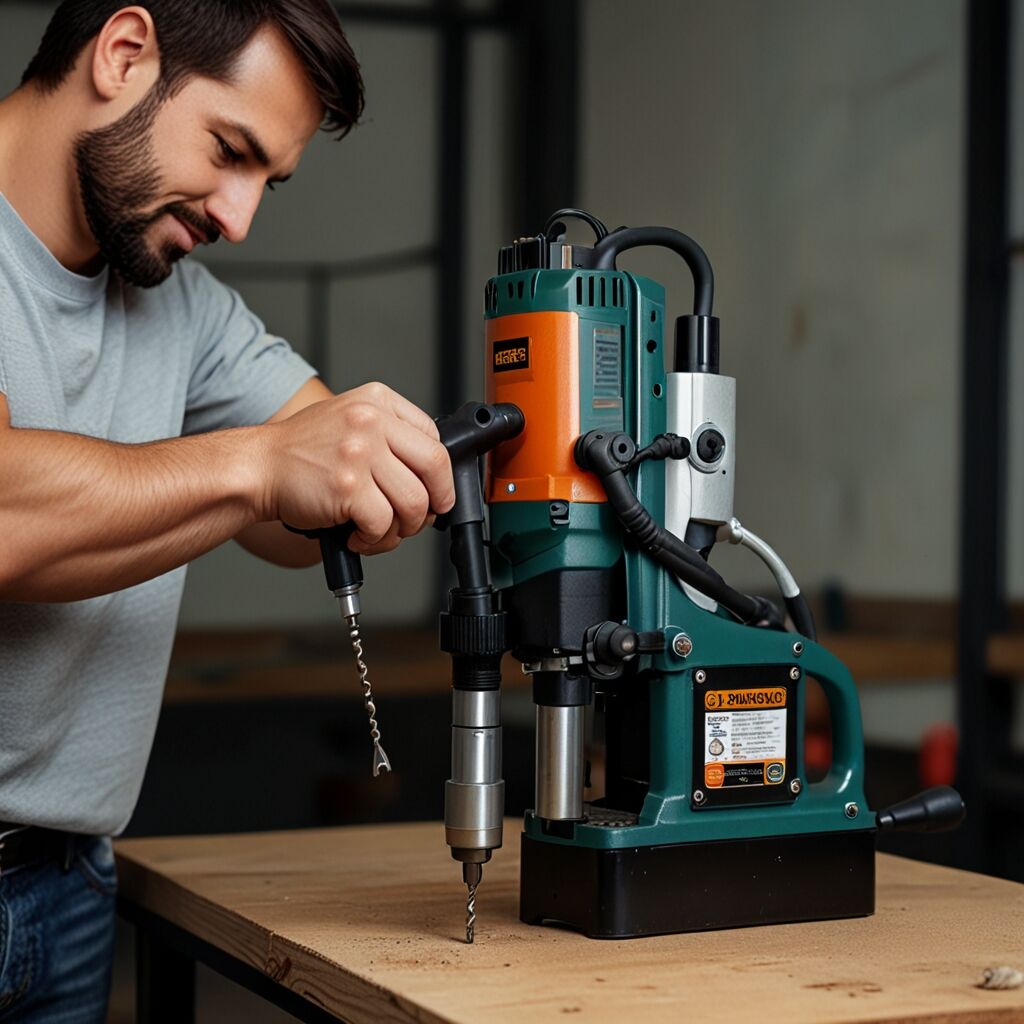Choosing the right steel drilling depth with the VEVOR Magnetic Drill 2922lbf is essential for successful DIY home improvement projects. This powerful magnetic drill press offers reliability and efficiency, allowing enthusiasts to handle various steel thicknesses and grades effectively.

How to Select the Optimal Steel Drilling Depth with VEVOR Drill 2922lbf
When selecting the optimal steel drilling depth with the VEVOR Magnetic Drill, several factors affect the decision. Material thickness is crucial; the VEVOR Magnetic Drill handles steel ranging from thin sheets to thick plates, ensuring versatility for different projects. Steel grades also determine the required depth; the VEVOR Drill accounts for various steel grades, providing tailored drilling depths. Temperature impacts drilling depth accuracy; warmer conditions can enhance metal ductility, allowing for deeper penetrations when using the VEVOR Drill.

What Are the Key Considerations for Determining Steel Drill Depth?
The recommended drilling depth for mild steel with the VEVOR Magnetic Drill is typically around 1 inch; this allows for optimal performance without overwhelming the equipment. With a capacity of 2922lbf, users can drill through steel up to 1.6 inches thick with the 1.6in-11pcs Magnetic Drill, making it suitable for a variety of applications. For stainless steel, a suggested depth is about 0.75 inches, considering its density and hardness. In one operation, users can expect to drill around 2 inches, depending on the specific project conditions and the type of steel being used.

Tips for Adjusting Steel Drilling Depth Using VEVOR Magnetic Drill 2922lbf
To fine-tune the drilling depth with the VEVOR Magnetic Drill, adjusting the drill’s feed rate is essential for precise depth control. Different steel types require specific adjustments; for example, harder steel may need slower feed rates for accuracy, while softer metals allow for faster drilling. Drill speed significantly influences drilling depth; higher speeds can increase efficiency but may lead to less control on thicker materials. Safety measures, such as wearing protective goggles and using secure clamps, should always be taken when adjusting drill depth to ensure safe operation.

How Do You Manage Drill Speed and Depth for Best Results?
The optimal drill speed for mild steel using the VEVOR Magnetic Drill is around 300 RPM, providing a balance between speed and precision. For hard steel, a lower RPM of about 150 RPM is generally advisable to prevent overheating and maintain steel integrity. Stainless steel drilling requires a slightly different speed, often around 200 RPM, given its unique properties. Speed affects the drilling depth; a faster speed may cut deeper in softer metals, while slower speeds yield cleaner cuts and improve performance in harder steels.
Understanding the Maximum Drilling Capacity of VEVOR Magnetic Drill 2922lbf
The maximum steel thickness that the VEVOR Magnetic Drill can handle is approximately 1.6 inches for optimal performance. To determine the depth for different steel categories, factors such as hardness, thickness, and material type are important; the 2922lbf drill accommodates these variations well. Limitations exist for harder steel types; for instance, the drill may struggle with high-carbon steels beyond 1 inch due to their toughness. A depth range of 1 to 1.6 inches is ideal for the 2922lbf drill, ensuring reliability and efficiency in performance.
What Are the Limits You Should Know About Steel Drill Capacity?
The maximum drilling depth for Grade A36 steel using the VEVOR Magnetic Drill is approximately 1.5 inches. With the given 2922lbf capacity, users can efficiently drill through materials like mild steel and lower carbon steels, allowing for versatility in projects. Hardened steel drilling typically allows for a maximum depth of around 0.5 inches, due to its increased density. The maximum limit for specific steel types generally varies; softer steels may allow for depths up to 1.6 inches, while harder varieties require more caution and typically reach around 0.5 to 1 inch limits.
